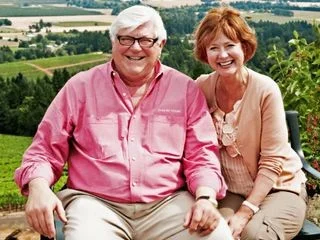I met Tony Rynders in the mid 2000s when he was cutting his teeth at Domaine Serene. It was here that he established himself as a premier winemaker, especially with pinot noir grown in the Pacific Northwest.
Shortly after my visit, it was reported that Rynders was fired by Domaine Serene owners, Grace and Ken Evenstad and then sued by the Evenstads for stealing a formula for the white pinot noir he made there. They eventually settled out of court and Rynders went on to make great pinot noir for Tendril and consult for other pinot noir producers. The Evenstads, on the other hand, went on to fire more winemakers. This turnover doesn’t help the wine, which is highly dependent on a winemaker’s touch.
How Rynders was treated reminds me of a conversation I had with Grace Evenstad during a visit to Naples, Florida, the family’s winter home. They had just purchased a French winery in Burgundy. She told me the first thing they did was fire everyone. Despite that she still felt the French welcomed the Americans. I’m not so sure.
Rynders has now joined Jackson Family Wines to introduce a new line of pinot noirs from Anderson Valley. Called Maggy Hawk, the four pinots I tasted were quintessential Rynders — big, bold and expressing the unique soils of each of the four vineyards. The Stormin’ pinot noir was chewy and full bodied with blueberry character while the Jolie was silky and elegant, much like a French burgundy premier cru.
Like all great pinot noir, these wines aren’t cheap at $65 a bottle. But if that' price doesn’t scare you off, I highly recommend trying them. Rynders has the midas touch when it comes to pinot noir.

